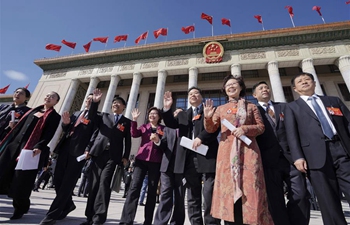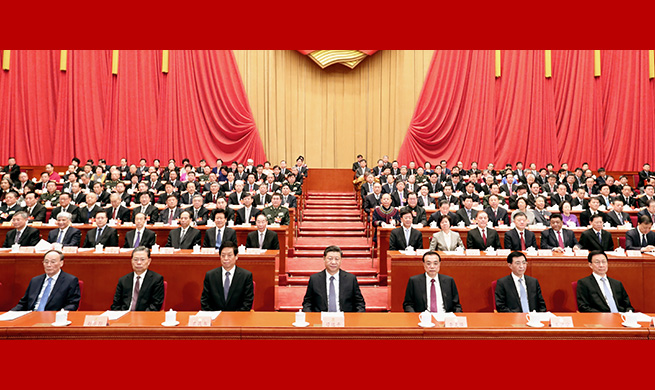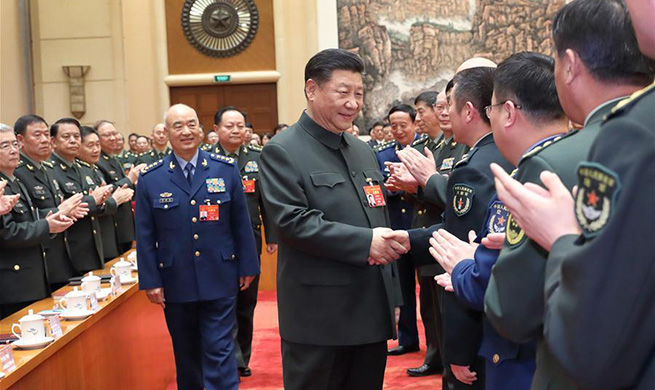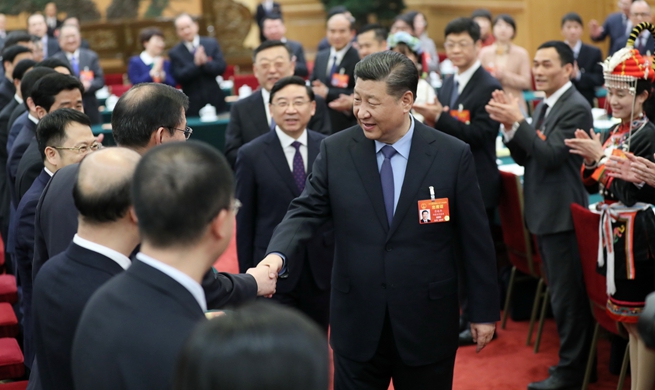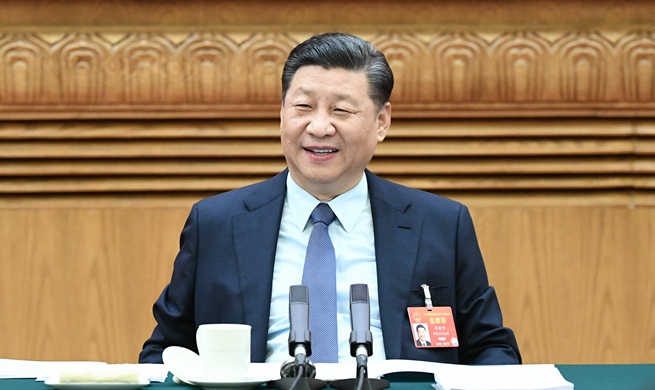LONDON, March 14 (Xinhua) -- Scientists have successfully returned the state of a quantum computer a fraction of a second earlier, moving a significant step closer to proving the reversal of "the arrow of time," according to a new study published Wednesday in Scientific Reports.
"We have artificially created a state that evolves in a direction opposite to that of the thermodynamic arrow of time," the study's lead author Gordey Lesovik, the head of the Laboratory of the Physics of Quantum Information Technology at the Moscow Institute of Physics and Technology (MIPT), said in a report published on the website of MIPT.
In the study, researchers from Russia, the United States and Switzerland sent a two-qubit quantum computer from a more complicated state back to a simpler one, violating the second law of thermodynamics which posits that an isolated system can only remain static or evolve with time toward a state of chaos, and experimentally demonstrating the reversal of time.
The study also indicates that time reversal for individual particles is unlikely. After isolating a single electron and calculating the time it would take for random perturbations in nature to cause such an effect, the scientists found that it would take the lifetime of the universe for such a phenomenon to happen just one time with 10 billion electrons studied every second.
According to Andrey Lebedev, a co-author of the study, the time reversal algorithm could prove useful for making quantum computers more precise. "Our algorithm could be updated and used to test programs written for quantum computers and eliminate noise and errors," he said in the report.
